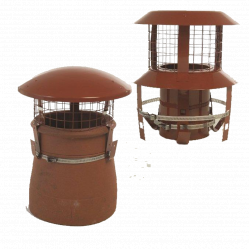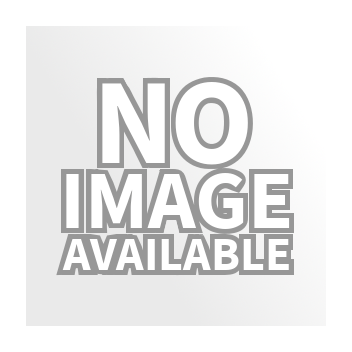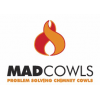Technical Details
| Product Title | MAD 5in Flexi Liner Suspending Cowl c/w Mesh Birdguard, Buff |
|---|---|
| Product Keyword | flexi liner suspending cowl, MAD 5 inch, birdguard mesh, buff color, chimney liner accessory |
| Colour | Buff |
| Diameter | 125mm - 5in |
| Application | Liner |
| Fuel Type | Wood |
| Fuel Type | Coal |
| Fuel Type | Oil |
| Fuel Type | Smokeless |
Product Description
MAD 5in Flexi Liner Suspending Cowl with Mesh Birdguard, Buff
The MAD 5in Flexi Liner Suspending Cowl is a robust chimney component designed to enhance your chimney's functionality and safety. Its buff color seamlessly blends with most chimney exteriors. Here are some of its notable features:
- Durable Construction: Built to withstand extreme temperatures and weather conditions.
- Compatibility: Designed for use with a 5-inch flexible flue liner.
- Mesh Birdguard: Integrated mesh prevents birds and debris from entering the chimney.
- Easy Installation: User-friendly design ensures a hassle-free setup without specialized tools.
- Improved Airflow: Enhances draught to facilitate better combustion and reduce creosote buildup.
- Corrosion-Resistant: Made with high-quality materials to resist rust and corrosion over time.
- Color: Buff finish to match traditional and contemporary house exteriors.
Reviews
Flue & Chimney > Chimney Cowls & Flue Terminals

Chimney Cowls and Flue Terminals
One of the most important components of the install is the chimney cowl and/or flue terminal. It marks the termination point of the flue system and provides a safe point from which gases and particulates are released into the atmosphere. Cowls and terminals also provide protection from the elements- wind and rain and some come with fitted mesh to prevent birds from entering the chimney system. Our range of cowls and terminals come from highly reputable and experienced manufacturers, such as Schiedel for ICID twin wall systems, Selkirk for both twin wall and single skin flue systems and MAD cowls from JD Burford for single skin systems. We stock a very wide range of cowls and flue terminals, for gas, oil and solid fuel appliances, so if you are experiencing a specific problem with your flue system, come and talk to us and we can help you find the best solution for the problem.





